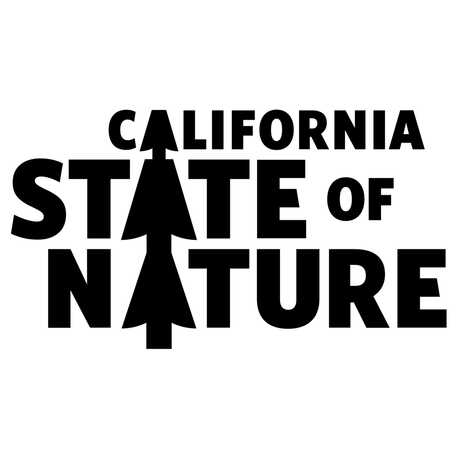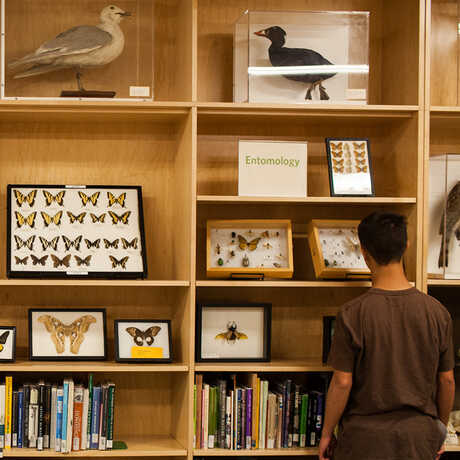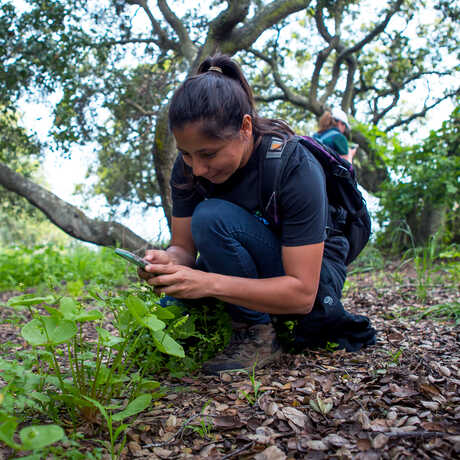
California's forests inspire awe and engage our senses. Meet a mounted specimen of Monarch, one of California's last grizzly bears; marvel at a mammoth cross-section of a redwood tree; view virtual California condors via your smartphone; and see how Indigenous burning practices help spark forest resilience in the Sierras.

















